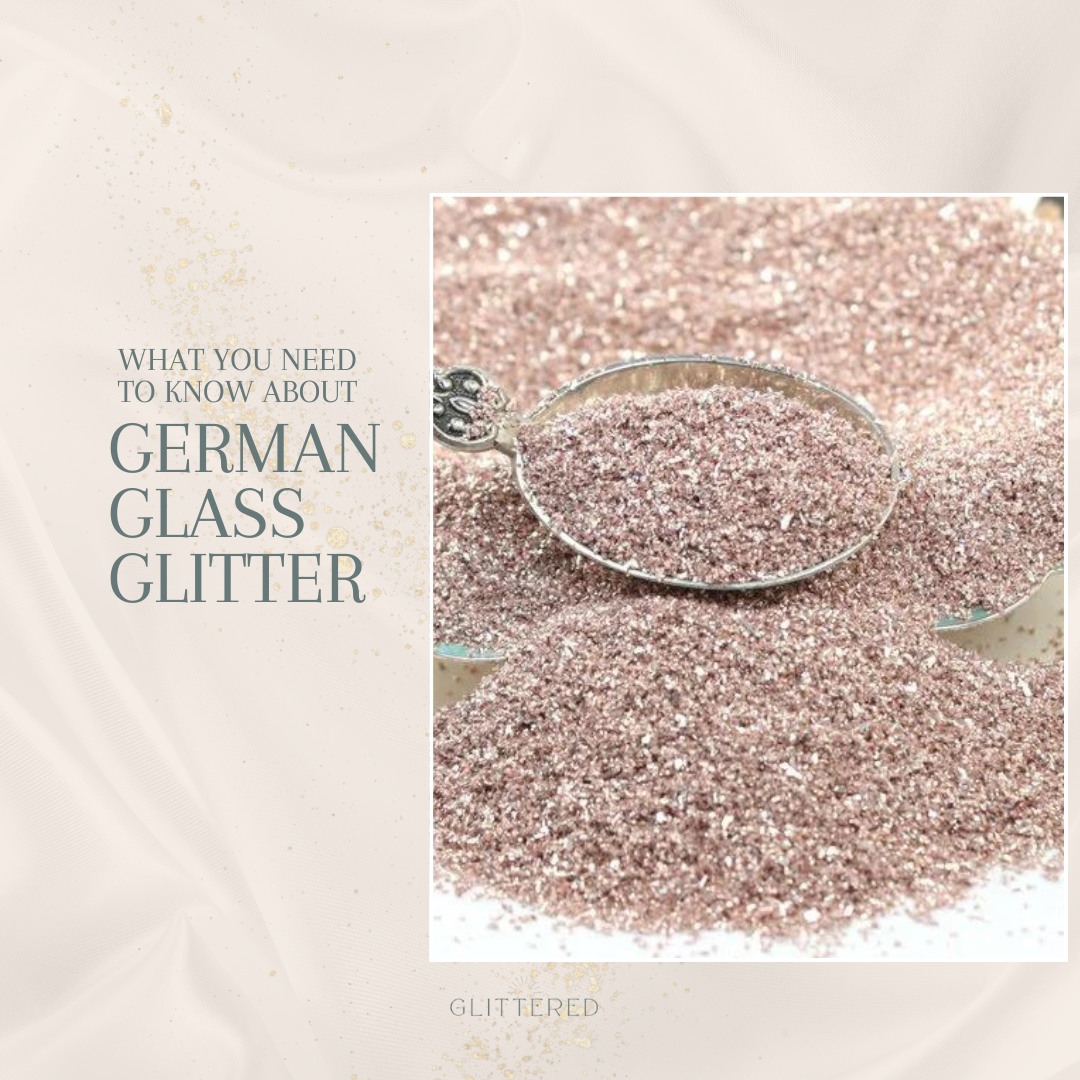We are happy to be your guide on this journey back in time to take a little peak at the history of the glitter we love so much! Our story begins in the picturesque town of Lauscha, nestled in the heart of Thuringia, Germany. Known for its glassblowing heritage that dates back to the 16th century, Lauscha was the epicenter of glass innovation. Imagine cobblestone streets lined with workshops where artisans labored over glowing furnaces, turning molten glass into delicate works of art.


The exact origins of glass glitter are a bit murky, but it’s widely believed that around the late 1800s, some clever glassblowers in Lauscha stumbled upon the idea of grinding glass into fine particles. They discovered that these tiny fragments reflected light in a way that was simply mesmerizing. Thus, the magic of glass glitter was unleashed upon the world.



Then came the World Wars, and the glittering industry faced some dark times. The wars disrupted production, and the scarcity of materials made it challenging to sustain traditional methods. Many skilled glassblowers were conscripted, and factories were repurposed for the war effort. It seemed like the sparkle might fade away.

But the resilient artisans of Lauscha weren’t about to let that happen. They adapted and survived. After the wars, the glass glitter industry slowly revived, although it was never quite the same. The mid-20th century saw a surge in plastic-based glitters, which were cheaper and easier to produce. While plastic glitter could never match the brilliance of glass, it became a popular alternative for postwar crafters. (but not us - we clung to the old ways of glittering!)

The Glitter Renaissance
Fast forward to recent decades, and we see a renaissance of sorts. There’s been a growing appreciation for traditional crafts, and German glass glitter is shining brighter than ever. Artisans in Lauscha and other parts of Germany have rekindled the old methods, emphasizing the handmade nature and superior quality of glass glitter.

Today, this glitter is a prized material for crafters, artists, and collectors. It’s used in everything from holiday decorations to fine art, cherished for its unique sparkle and the meticulous craftsmanship involved in its creation. Whether it’s a vintage Christmas ornament or a contemporary art piece, glass glitter adds a touch of magic that plastic simply can’t replicate.
Thanks for joining us on this trip back in time!



Leave a comment
All comments are moderated before being published.
This site is protected by hCaptcha and the hCaptcha Privacy Policy and Terms of Service apply.